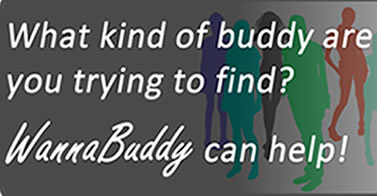The phrase “Gluten Free” seems to be popping up
everywhere. Many supermarkets have entire isles dedicated to gluten free foods.
Before long, someone will be marketing gluten free water. What is this all
about, and why should we care?
Chances are, you’ve never actually seen gluten, but you
eat it every day. Gluten is a protein that is in wheat, rye, barley, oats and
hops. It is the sticky bit that makes bread hold together. It gives pasta that
silky smoothness. So what’s not to like?
If you have celiac disease, your small intestine reacts
inappropriately to gluten. Celiac disease is an autoimmune disease that affects
about 1% of us. This is way up compared to 50 years ago, when only about 0.2%
of us had celiac disease.
People with celiac disease suffer diarrhea, stomach pain
and weight loss when they eat gluten. Given the ubiquity of gluten in everyday
life, celiac suffers figure out pretty quickly that something is wrong. A quick
blood test can indicate that someone probably has celiac disease, but an
endoscopy is required to confirm it. If someone with celiac disease continues
to eat food containing gluten, long-term damage is done to the intestines and
death may occur.
In addition to people with celiac disease, other people
have a mild allergy to wheat. These people have the typical allergic symptoms:
sneezes, runny nose, skin blotches or hives, and upset stomach. Often this
sensitivity is only triggered by eating wheat, and the rest of the
gluten-containing grains are fine.
A third group of people avoid gluten because they believe
that it triggers autism. This was a very trendy topic a few years ago,
especially among Hollywood’s beautiful people. After a lot of time on talk
shows, some science took place, completely disproving this connection.
Nonetheless, some people hang on to this concept. Probably while looking for
big foot.
The combination of these factors has resulted in an
explosion of gluten-free foods. A real
boon for celiacs, gluten free alternatives for most pasta and baked goods are
available now. Some of the products taste barely better than their cardboard
box, but others are quite nice. Since gluten is a binding agent, cooks need to
flex their chemistry chops to find alternative binding agents. Flour
alternatives include rice, garbanzo beans and tapioca. Most alternative flours
use xanthan gum as a binding agent. If the food has strong flavors, like
chocolate cake, the results can be pretty pleasant. If the food has subtle
flavor, like sourdough bread or angel hair pasta, your results may be
disappointing.
 So, can gluten free eating be right for you? If you have
celiac disease or a wheat allergy, then you are pretty much forced to eat
gluten free or starve. Otherwise, there aren’t clinical studies supporting any
health benefits of avoiding gluten. We’ve eaten gluten for thousands of years
and our bodies are pretty good at handling it.
So, can gluten free eating be right for you? If you have
celiac disease or a wheat allergy, then you are pretty much forced to eat
gluten free or starve. Otherwise, there aren’t clinical studies supporting any
health benefits of avoiding gluten. We’ve eaten gluten for thousands of years
and our bodies are pretty good at handling it.
If you have the option, I’d suggest sticking with the
gluten!





I heard a lot about gluten free products and this one sounds delicious. What's so nice is that it could work like a body sculpting because it eliminates body fat. I think it's time to try this fad.
ReplyDelete